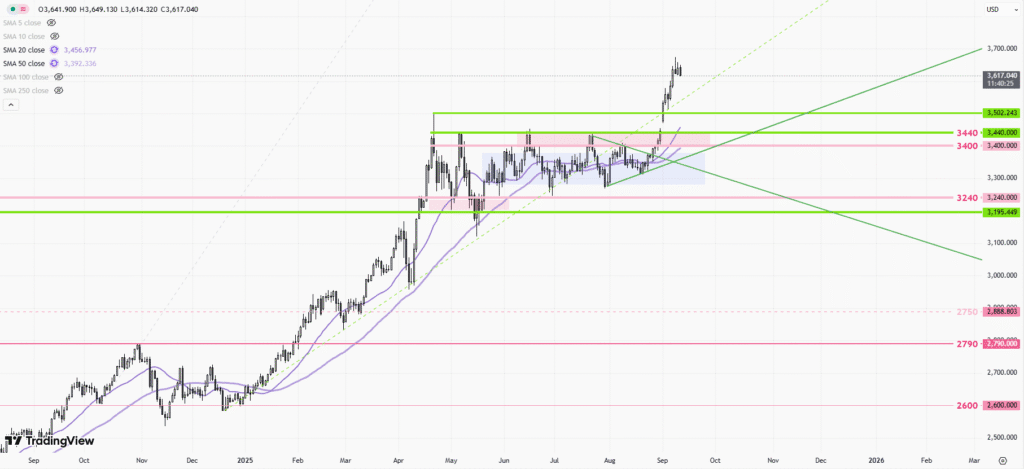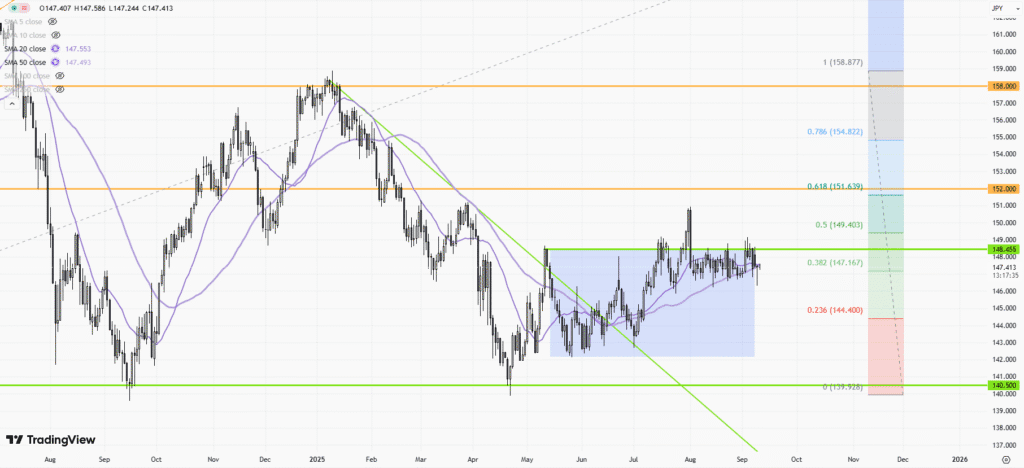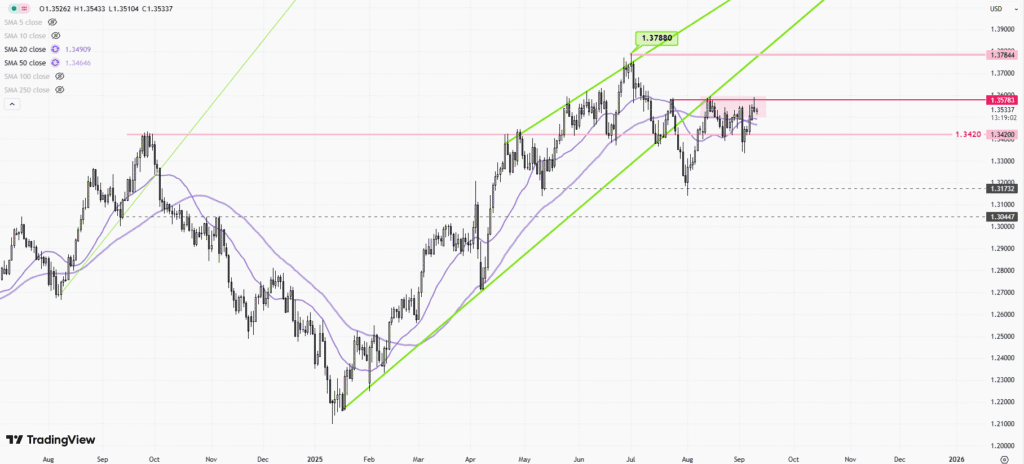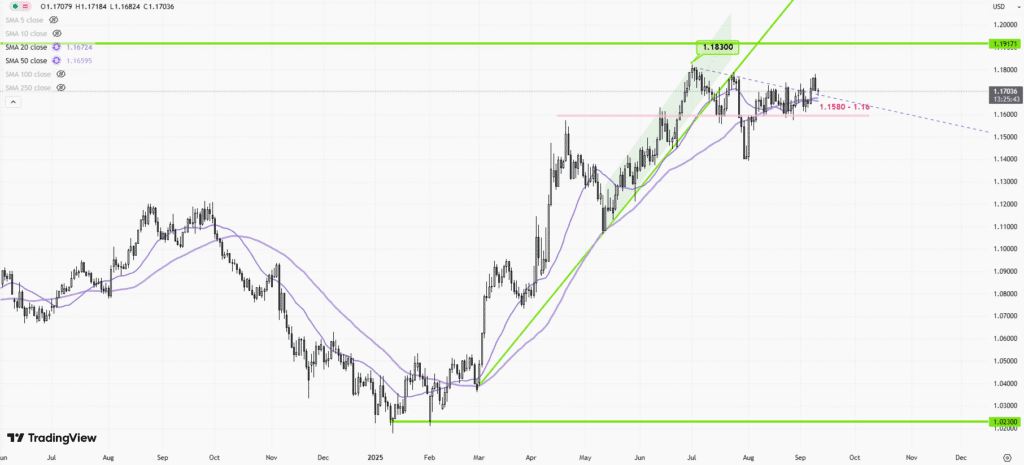 |
| Gold V.1.3.1 signal Telegram Channel (English) |

Gold Price Hits Record Highs in September 2025: Expert Analysis and Forecast to $3,900 and Beyond
2025-09-24 @ 01:00
Gold Price Sets New Records: Outlook and Analysis for Late 2025
Gold remains at the forefront of global financial headlines, breaking historic records as it climbs to unprecedented levels in September 2025. The dramatic surge in gold prices has sparked renewed interest among investors and analysts, as the precious metal’s role as a safe haven asset becomes ever more prominent amid ongoing economic uncertainties.
Recent Performance and Market Drivers
In September 2025, gold reached fresh highs, trading around $3,777 per troy ounce. This marks a monthly gain of nearly 12% and over 42% year-on-year, demonstrating exceptional upside momentum. Several factors continue to support gold’s meteoric rise:
- Persistent inflation concerns stemming from global economic challenges.
- Geopolitical tensions causing flight to safety among investors.
- Expectations of slower interest rate increases from major central banks.
- Increased purchases by both retail and institutional investors, and central banks diversifying their reserves.
Forecasts and Analyst Predictions
Most financial institutions remain bullish on gold’s trajectory, with a consensus leaning toward further appreciation into 2026 and beyond. Forecasts for the remainder of 2025 generally target the $3,700–$3,900 zone, with several prominent banks issuing revised price expectations following gold’s recent breakout:
- Goldman Sachs projects gold to finish 2025 at around $3,700 per ounce.
- J.P. Morgan’s forecast is $3,675.
- Bank of America, UBS, Macquarie, ANZ, and Société Générale have raised targets, with many predicting gold to reach or surpass $3,500.
- OCBC Bank stands out with an aggressive target of $3,900.
Looking forward, long-term projections by market analysts estimate gold could approach or even exceed $5,000 per ounce by 2030 if current macroeconomic conditions persist. Such forecasts underscore the metal’s enduring appeal during periods marked by inflationary fears and global instability.
Technical Perspective and Chart Analysis
Examining gold’s multi-decade price charts reveals a robust upward trend. Notably, gold has confirmed breakouts across multiple currencies, not just the US dollar, indicating the move is driven by broad-based demand rather than temporary dollar weakness.
The interplay between gold prices and inflation expectations remains highly correlated. When investors anticipate sustained inflation above central bank targets, demand for gold intensifies, pushing prices higher. Current charts suggest this relationship remains intact, signaling further support for gold.
Monetary Dynamics and Central Bank Actions
Central banks have played a pivotal role in buttressing gold prices recently. With uncertainties around currency stability and long-term debt sustainability, many central banks have accelerated gold purchases as part of reserve diversification strategies. This institutional demand acts as a stabilizing force and helps reinforce the bullish trend.
Interest rate policy also weighs heavily on gold’s prospects. While gold does not yield interest, its relative attractiveness increases in environments where real yields on government bonds remain low or negative due to inflation. Investors looking for capital preservation continue to flock to gold under these conditions.
Potential Risks and Periods of Weakness
Despite the strong outlook, analysts caution that gold’s trajectory will not be linear. Periods of volatility and price pullbacks are likely, particularly if inflation moderates faster than expected or if central banks shift to a more aggressive monetary tightening stance. Market corrections and consolidation phases should be anticipated, as they are healthy for sustaining long-term growth.
Additionally, technological innovations, increased recycling, and evolution in alternative investment assets (like digital currencies) could pose headwinds to gold’s dominance. However, these factors have yet to significantly disrupt the multi-decade uptrend.
Investor Considerations
For those seeking exposure to gold, diversification remains key. While the bullish fundamental and technical outlook favors continued gains, an investor’s strategy should balance direct holdings (physical gold, ETFs) with other asset classes to mitigate risk from short-term price swings.
Gold’s role as both a portfolio hedge and a store of value remains undiminished. As economic headwinds persist and uncertainty lingers, gold’s newfound highs reflect renewed faith in its function as a safe haven.
Conclusion: Gold’s Next Milestone
With gold trading near $3,800 and analysts targeting levels above $3,900 in the coming year, the outlook for the precious metal remains strongly positive. Whether driven by inflation fears, geopolitical pressures, or strategic central bank actions, gold continues to prove its resilience and relevance in today’s rapidly shifting financial landscape. Investors should keep a watchful eye on economic data releases and policy actions, as these factors will steer gold’s next moves toward—and potentially beyond—its recent record highs.








